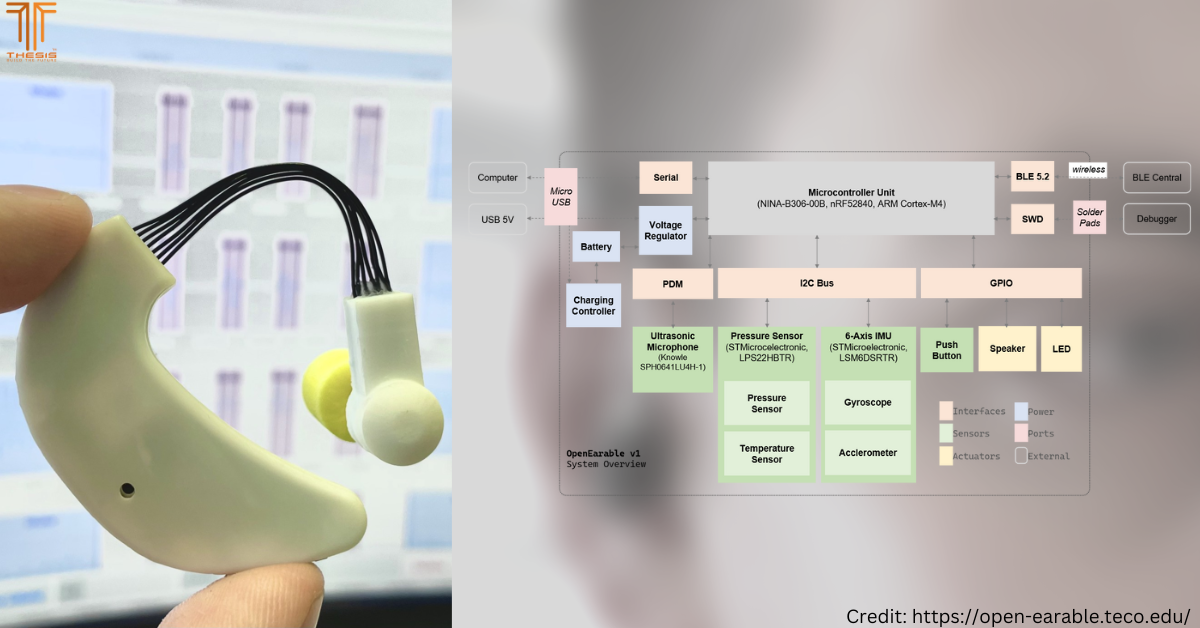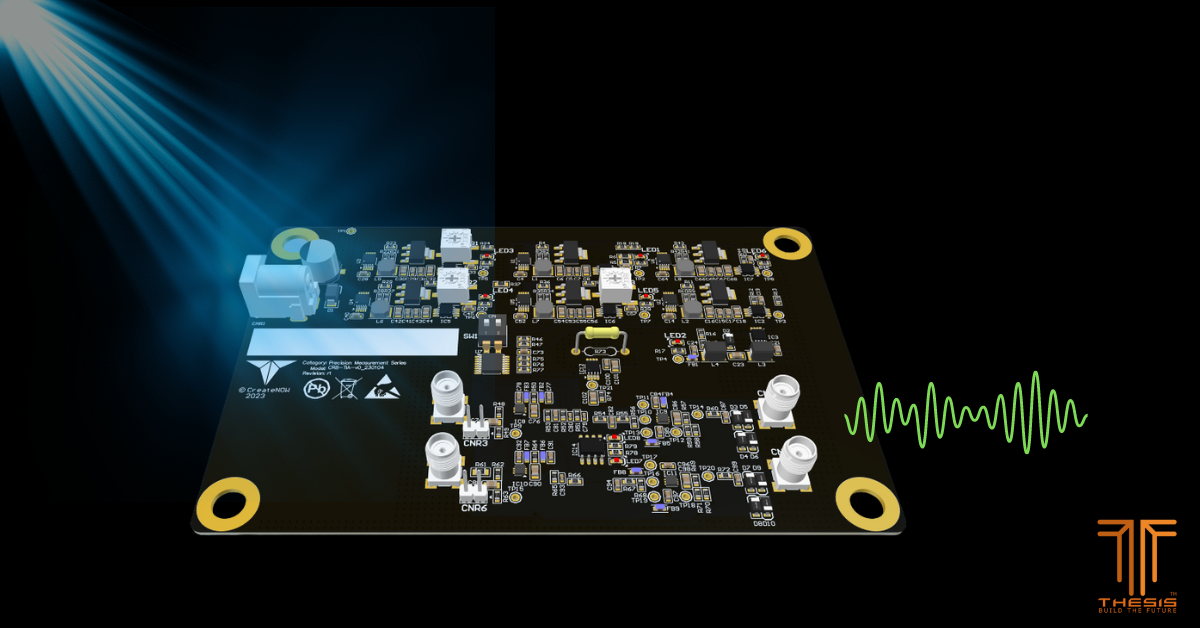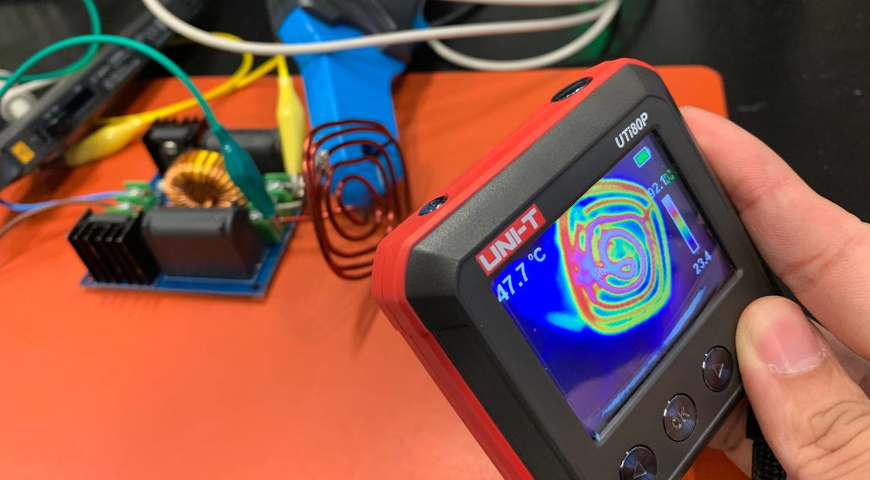Tag: electronic

Introduction The advent of embedded camera solutions stands as a defining achievement within the domain of contemporary electronics engineering. This convergence of hardware and software proficiency epitomizes the seamless amalgamation of imaging technology into an array of devices and systems. Ranging from handheld gadgets like smartphones to the sophisticated realms of industrial machinery and automotive […]

Openearable [https://open-earable.teco.edu/] is a state-of-the-art open-source “earable” platform using the Arduino Nano 33 BLE Sense ecosystem. It offers a flexible and modular approach to building “earable” devices, allowing developers to customize the device to their preferences effortlessly. The core module of the platform is based on the Arduino Nano 33 BLE Sense board, equipped with […]

A transimpedance amplifier (TIA) circuit converts optical sensor signals into electrical signals for an embedded system to capture. Key design parameters for a TIA circuit: Op-amps with high input impedance and low noise are necessary to minimize signal distortion and maximize the signal-to-noise ratio. To ensure the circuit’s noise density, frequency response, and stability, simulation […]

Texas Instruments (TI) made an announcement at the Embedded World conference that was nothing short of thrilling. With a bold move into the Cortex-M0 microcontroller market, TI has demonstrated its unwavering commitment to meeting the ever-changing needs of its customers. This microcontroller architecture is in high demand for everything from consumer electronics to industrial automation, […]

In the world of DIY projects, the Raspberry Pi (RPI) has been a staple for enthusiasts, hobbyists, and professionals alike. However, with the lack of stock for the RPI, many have been forced to get creative with their projects, looking for new and innovative ways to upgrade their devices. Some have turned to reworking the […]

Here we show the waveform of a zero-voltage switching (ZVS) inductive heating circuit and the thermal profile in operation. A typical buck regulator DC-DC is challenging to design when there is a significant voltage difference between the input and the output voltages. A significant voltage difference typically increases switching losses and limits the device’s switching […]
